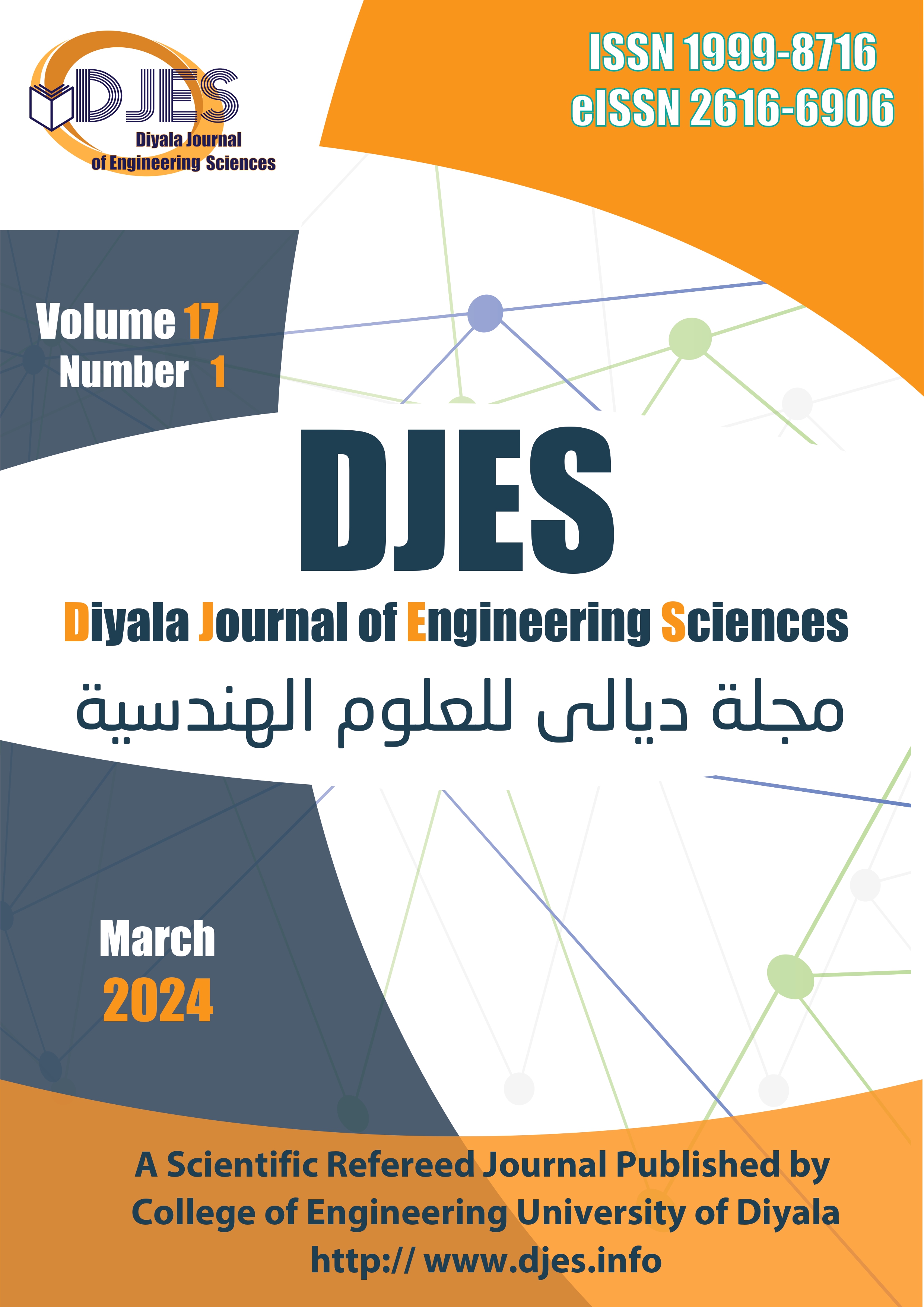Abstract
Wind turbine performance is a critical aspect of renewable energy systems, and this study focuses on optimizing it through innovative strategies. It also discussed the different parts of WECS, such as wind turbines, generators, and control systems, to enhance their performance and efficiency. The research delves into the integration of speed control and Maximum Power Point Tracking (MPPT) mechanisms using a sophisticated Three-Phase Interleaved Buck-Boost Converter. The converter's unique topology, involving a back-to-back connection, shows a pivotal part in shaping the performance of the wind turbine. Furthermore, the near-zero implementation in MPPT strives to minimize oscillations and enhance photovoltaic panel and wind turbine efficiency. This technique, as explored in various studies, aims to achieve stable, efficient power output by reducing perturbations, ensuring optimal energy capture, and improving overall system reliability. This study investigates the transformation before and after near-zero implementation in various contexts. It explores the impact on energy efficiency with near-zero properties, and the performance of buildings, providing insights into the substantial changes brought about by near-zero initiatives. Additionally, the implementation of MPPT is explored, demonstrating that adjusting delta values can lead to faster stabilization times. By changing the negative delta value to -0.0005, the system achieves stabilization at the target power of 19 kW within 0.2 seconds. These findings emphasize the versatility of the Three-Phase Interleaved Buck-Boost Converter in enhancing both speed control and MPPT for wind turbines
Keywords
Maximum Power Point Tracking
Near-Zero Implementation
speed control
Wind Turbine Performance
Wind Turbine Stability
